Literacy Program
At Boronia K-12 College, our primary years literacy program is underpinned by the Victorian Government’s mandate for a structured literacy approach to teaching reading, starting with using systematic synthetic phonics every day in Foundation to Year 2 with the explicit teaching of phonics and phonemic awareness.
Our approach is grounded in the belief that a robust vocabulary and exposure to diverse literature are essential for students to access instruction, independently comprehend increasingly complex fiction and non-fiction texts, and communicate effectively in writing. Moreover, our approach is informed by the essential elements of reading; the ‘Big 6’ (Konza, 2014), each of which form part of our structured literacy approach across the school:
- Oral language – knowing and using spoken words to express knowledge, ideas and emotions
- Phonemic awareness –which is the knowledge of sounds (phonemes)
- Phonics – knowing the sound (phoneme) and letter (grapheme) relationships
- Fluency – reading accurately and at an appropriate rate with expression
- Vocabulary – understanding words in isolation and in context
- Comprehension – making meaning from text which includes developing knowledge of grammar.
Oral language serves as the cornerstone of literacy learning. It is vital for overall student development and wellbeing, with successful language use being fundamental to classroom learning. We emphasize building vocabulary and oral language skills early in primary education to set the stage for success across all learning areas.
Once foundational skills are established, we expand students’ abilities to decode and comprehend texts. At the Tier 1 or universal classroom level, we track student progress from primary through secondary levels using the Fountas and Pinnell Benchmarking System. This system provides:
- Detailed Tracking: One-on-one formative and summative assessments to document student progress.
- Precise Tools: Observations and quantification of specific reading behaviours.
- Responsive Instruction: Data-driven planning for targeted teaching strategies.
To enhance reading skills, we foster shared reading experiences with teachers, peers, and parents. In classrooms, assessment data helps create dynamic student groupings based on identified reading strategies.
As students advance, we use the Fountas and Pinnell Network of Processing Systems to delve deeper into texts, encouraging analysis, connection-making, inference, and discussion about the author’s craft.
Independent Reading is a key component, allowing students to practice reading strategies in a self-directed manner. Students select ‘Good Fit’ books—texts that match their reading level and interests—to foster fluency, choice, and a love for reading. This contrasts with the instructional-level books used in guided reading sessions.
Writing instruction is closely integrated with reading. Students learn to replicate specialized vocabulary, grammar, and sentence structures from their reading into their own writing. We provide explicit instruction on the writing process, spelling strategies, and use the 6+1 Writing Traits framework to teach and critique writing across genres.
Collaboration between primary and secondary literacy teachers ensures a smooth transition and continuity in learning, while providing opportunities for meaningful extension tasks.
Our college has implemented a Multi-Tiered System of Supports (MTSS) which ensures no student is left behind or held back with the development of their literacy or numeracy. At Tier 2 intervention, we run Literacy intervention (also known as Literacy Boost) groups that involve students being withdrawn from classes 2 – 3 times per week for a 45 minute small group lesson with either a trained Education Support staff member or teacher. This is highly targeted, and students are identified using multiple screeners including PATr and PATm, The English and Maths Online Interview, Fountas and Pinnell Benchmarking and other tools which can also identify dyslexia or dysgraphia. We draw on the Sounds Write Program and other evidence-based programs to target instruction to each students point of need.
Numeracy Program
In recent years, Numeracy improvement has been a strong focus for the school. Much like Literacy, our Numeracy approach is underpinned by the adoption of science of learning principles, explicit instruction pedagogy and Direct Instruction programs.
In 2025, at Foundation to Year 2, we have implemented the Explicit Mathematics Program (EMP – https://explicitmathematicsprogram.com) which is the only highly structured F-2 Direct Instruction Mathematics program in Australia. At Years 3 – 6 we are evolving our practice to replicate aspects of this program.
Mathematics lessons occur at the beginning of every day in the primary school and always start with a Daily Review activity. This is also known in education as Retrieval Practice, a teacher led learning strategy where students actively recall information from memory to reinforce learning and transfer it to long term memory. This approach is informed by the science of learning principles and cognitive load theory. All Mathematics lessons follow our agreed Instructional Model (I-LEARN) that is framed around the Gradual Release of Responsibility (GRR) framework. This helps students understand how they are taught and why, and their role in the learning process. This Model ensures teachers can respond to students’ progress by employing concrete, pictorial and abstract learning tasks with and without technologies. We use Essential Assessment across Years 3 – 8, an online tool effective for diagnostic (pre and post testing) and formative assessments to monitor learning. It also helps to individualise learning and is used for homework tasks. At the secondary level, we use Mathspace to supplement our classroom instruction. Numeracy Intervention (also known as Numeracy Boost), operates very similarly to Literacy Boost and is driven by the program Supporting Numeracy in the Middle Years (SNMY).
Our curriculum integrates the Victorian Curriculum for Mathematics (Number and Algebra, Measurement, Geometry, Statistics, and Probability) through problem-solving tasks, open-ended questions, investigations, and engaging activities. Differentiated tasks are designed to meet the needs of all students.
In alignment with the International Baccalaureate Primary Years Programme framework, our literacy and numeracy instruction are delivered through both explicit, skills-based learning and authentic, real-world applications.
For more information on our literacy and numeracy programs and our educational philosophy, please contact the college to arrange a meeting with a member of our leadership team.
